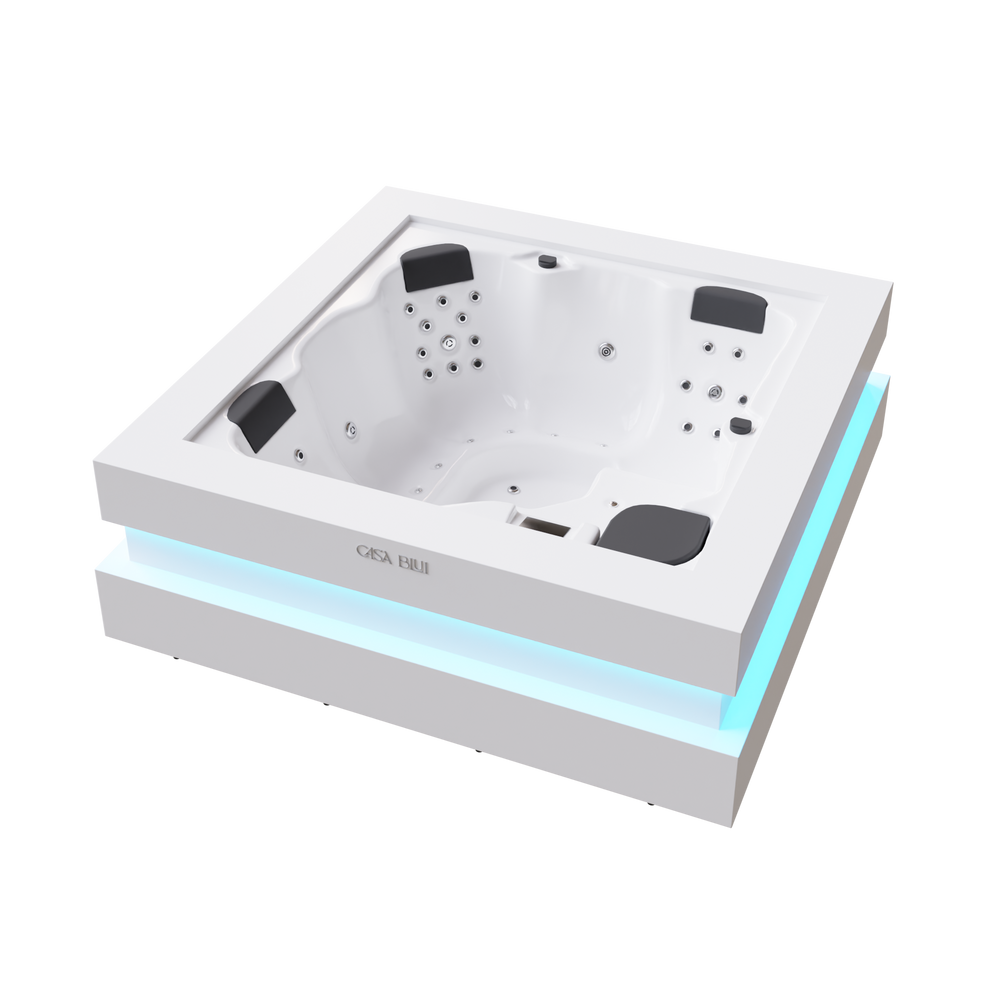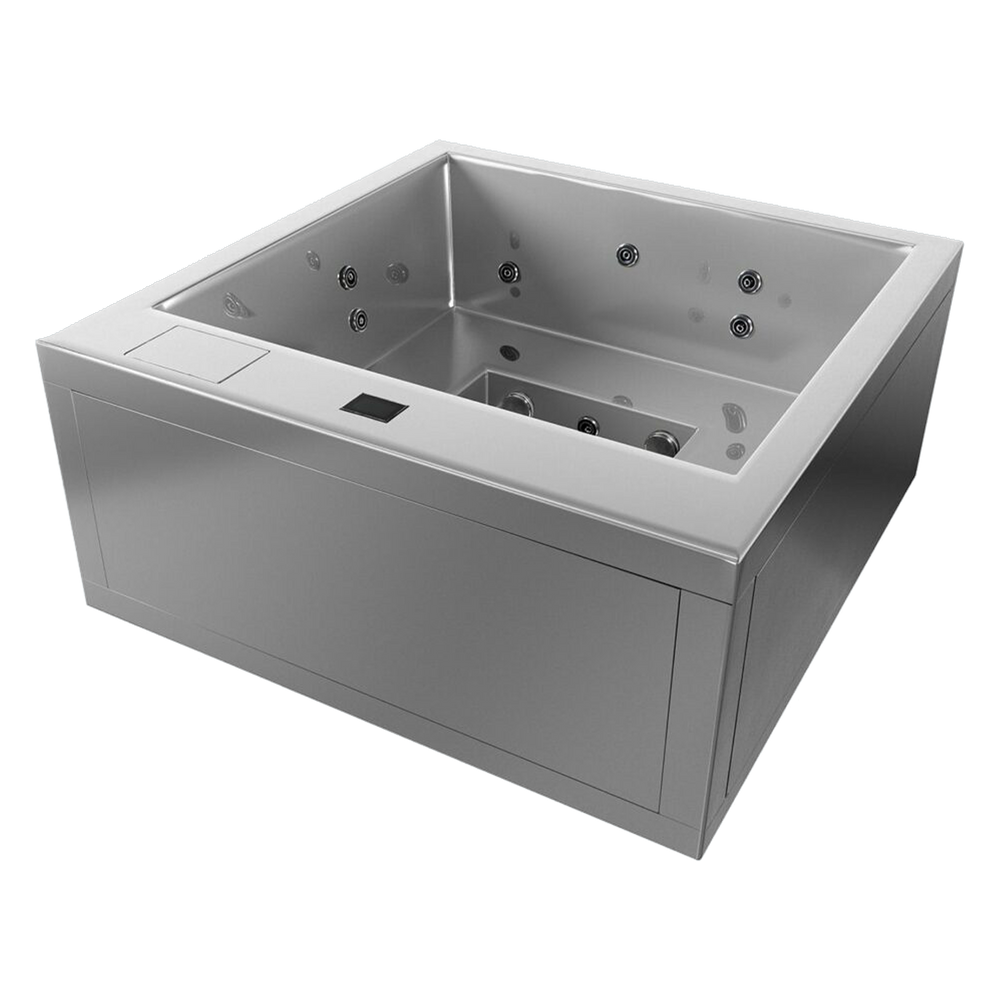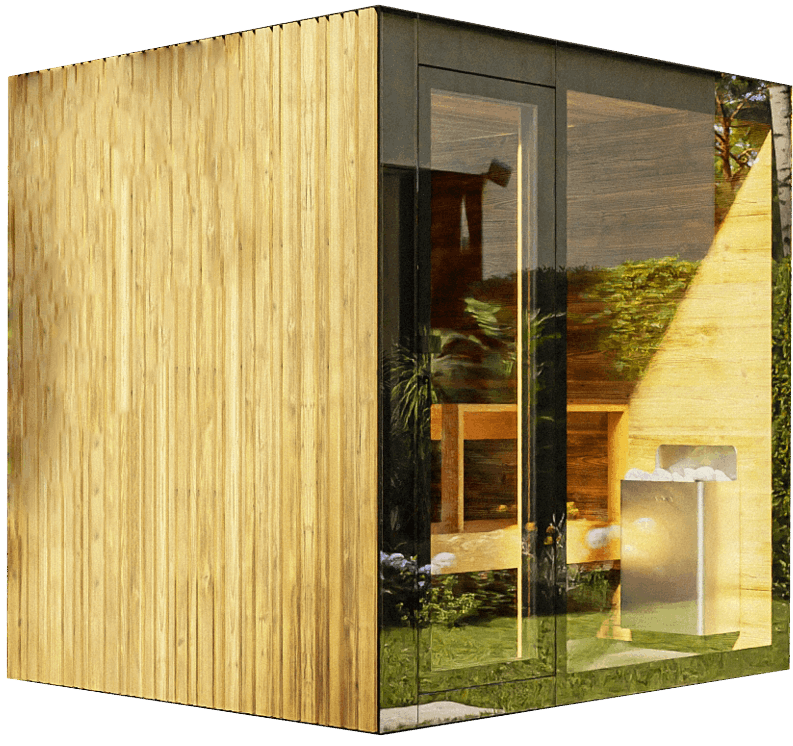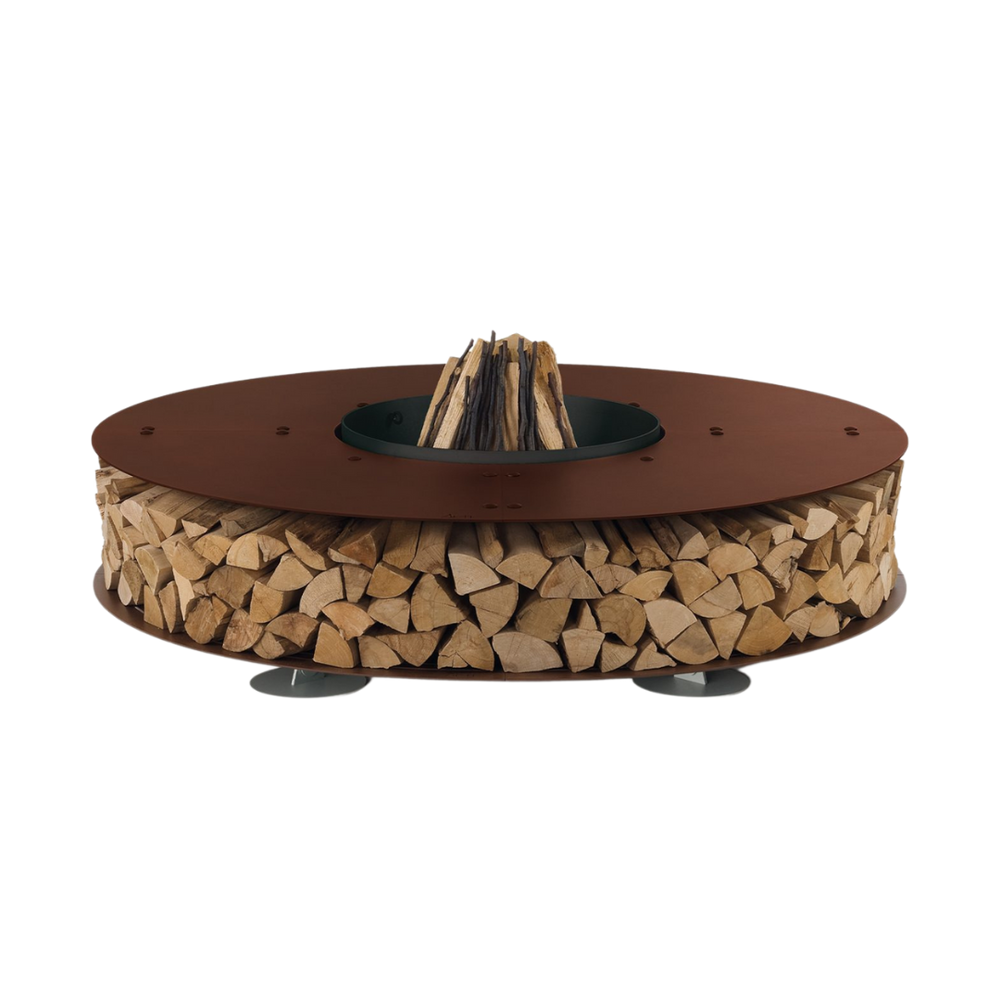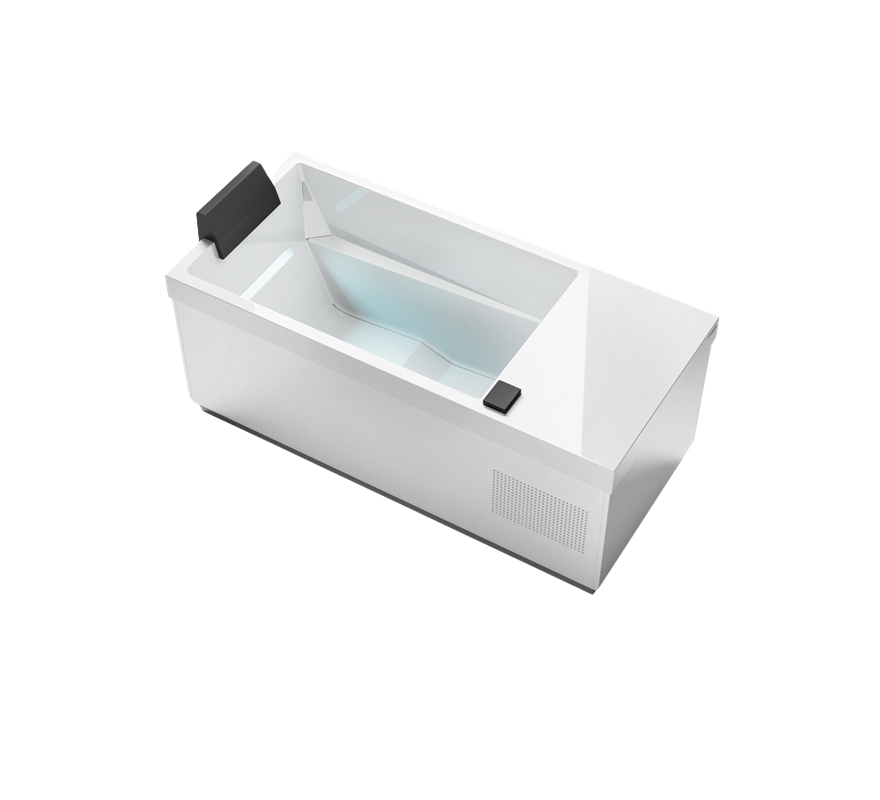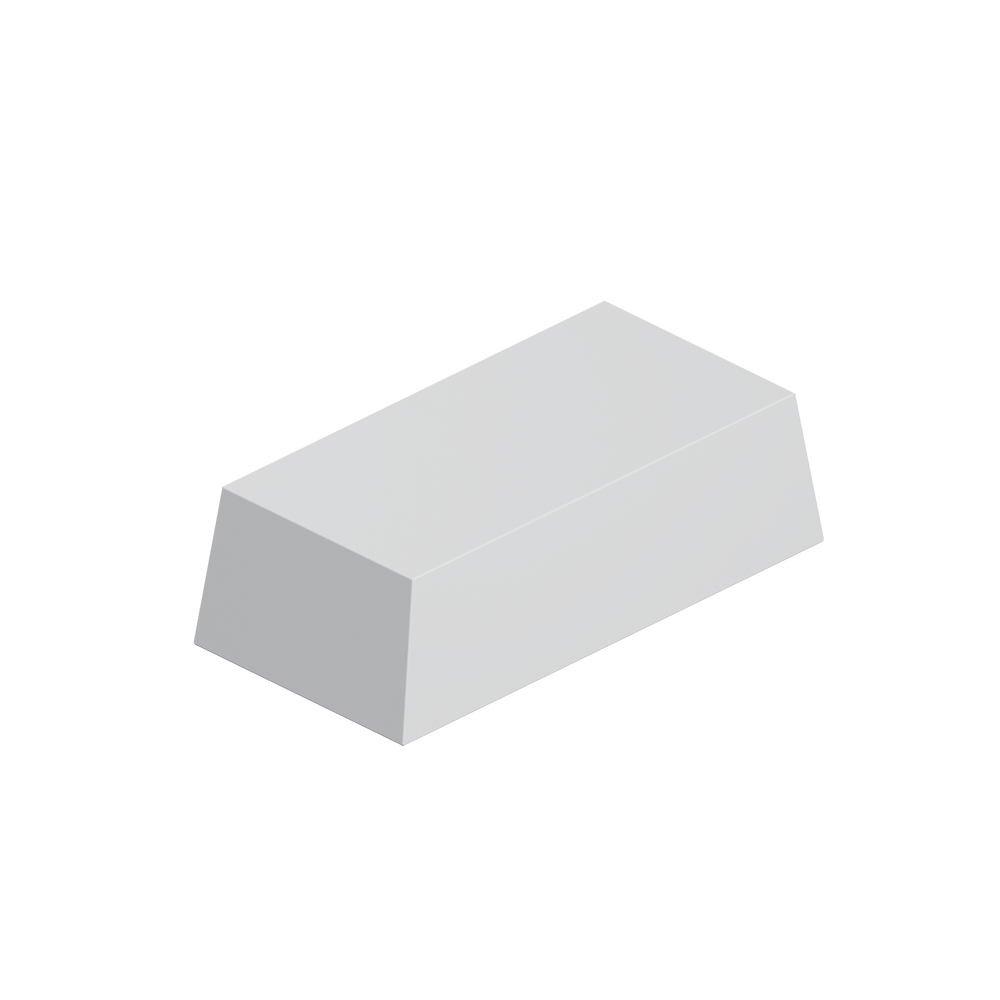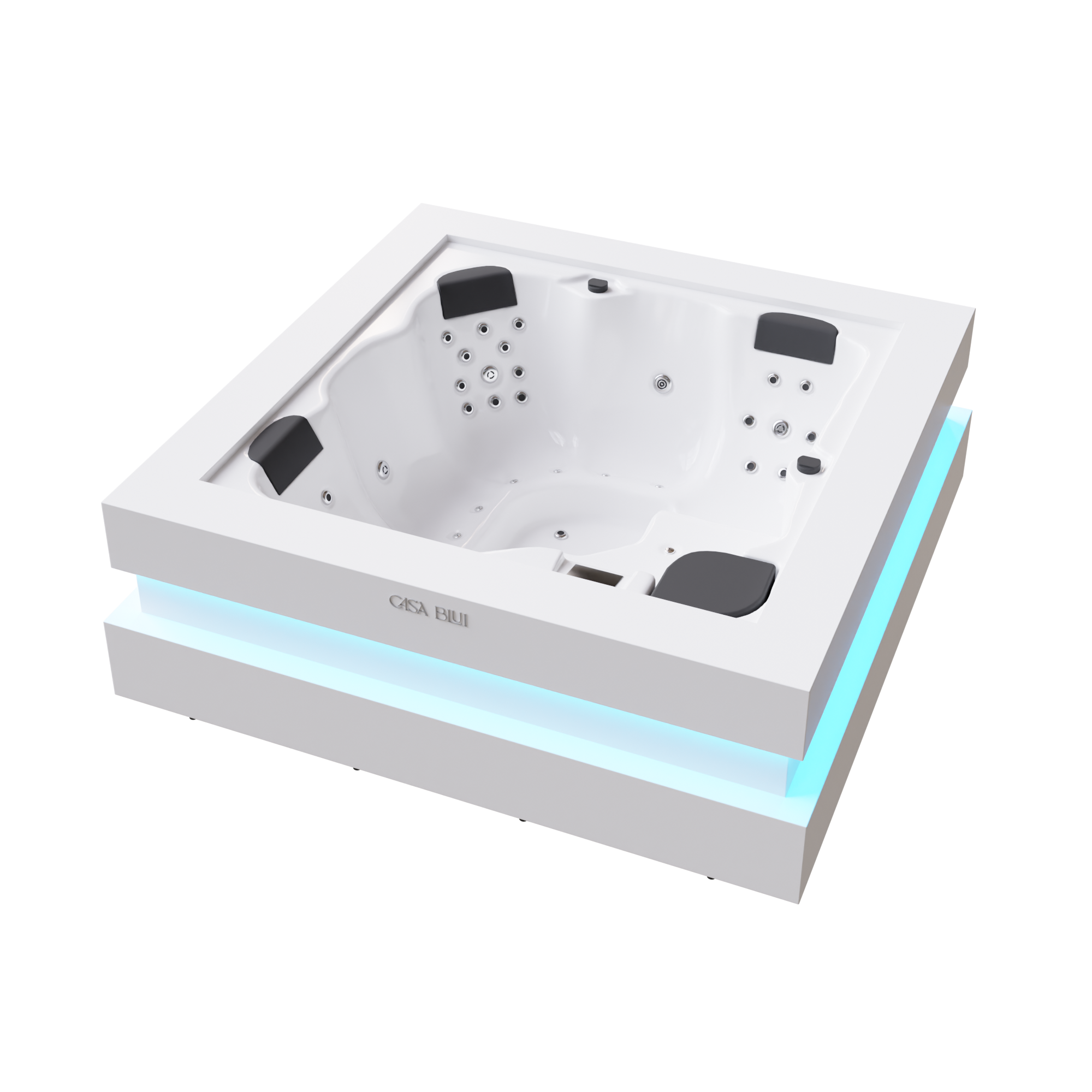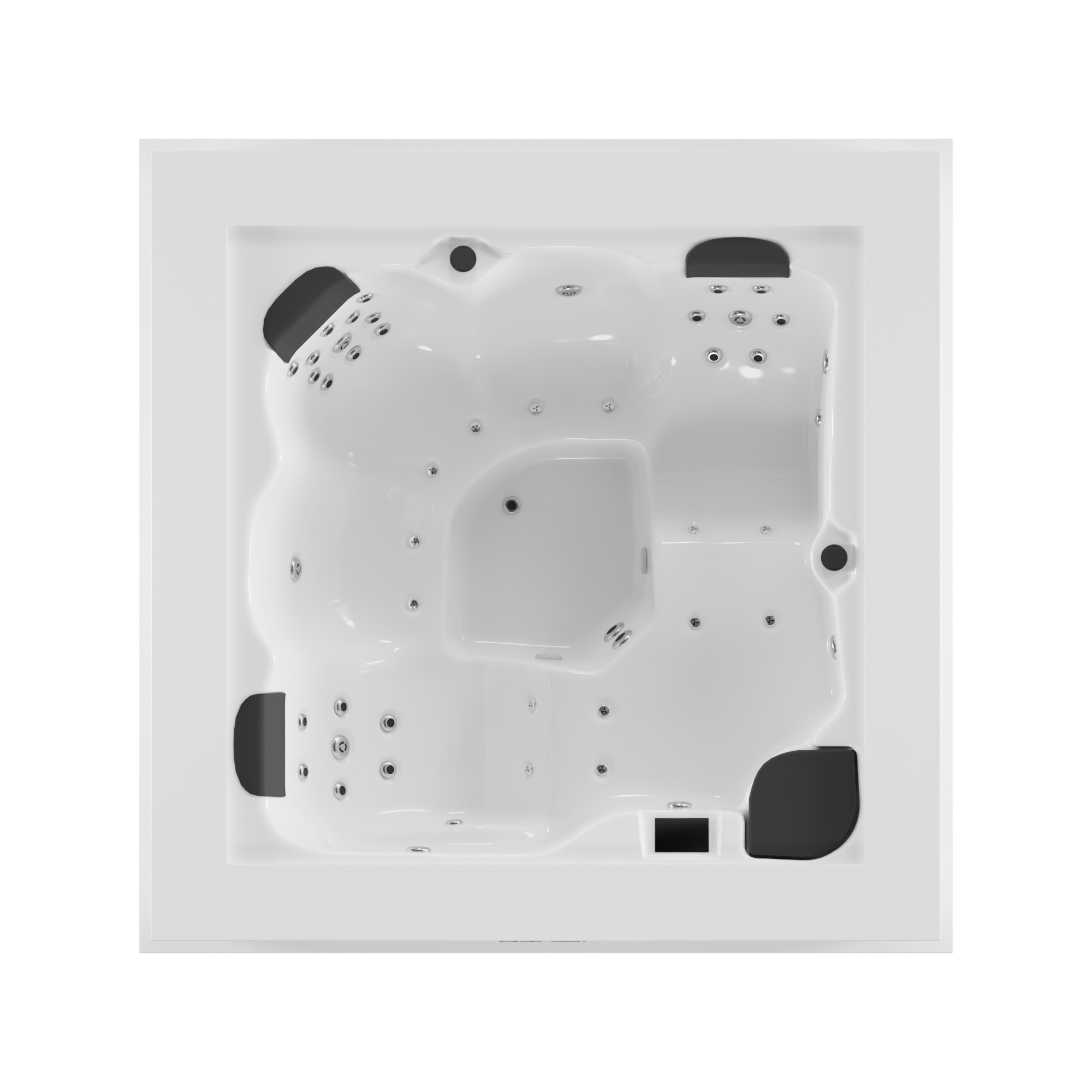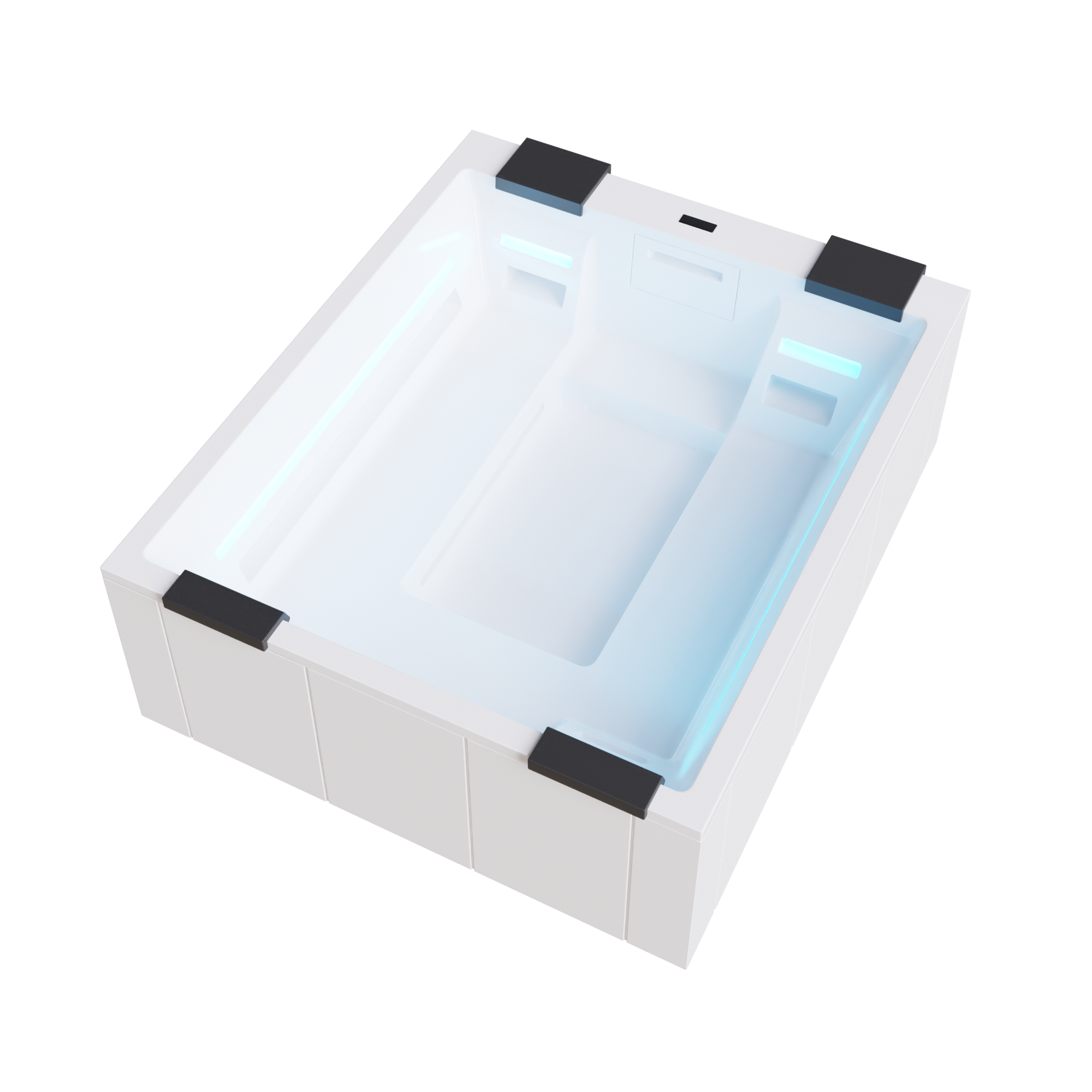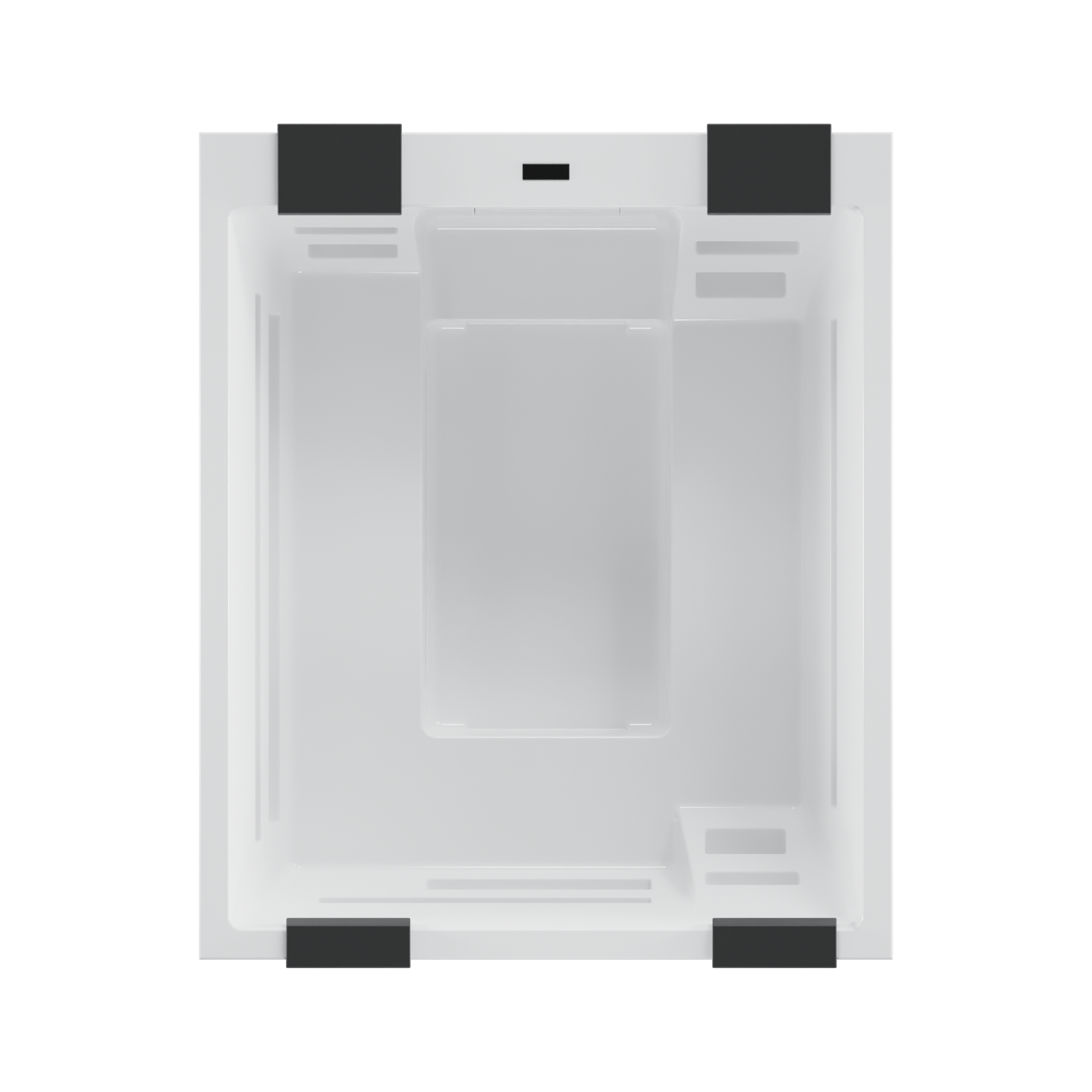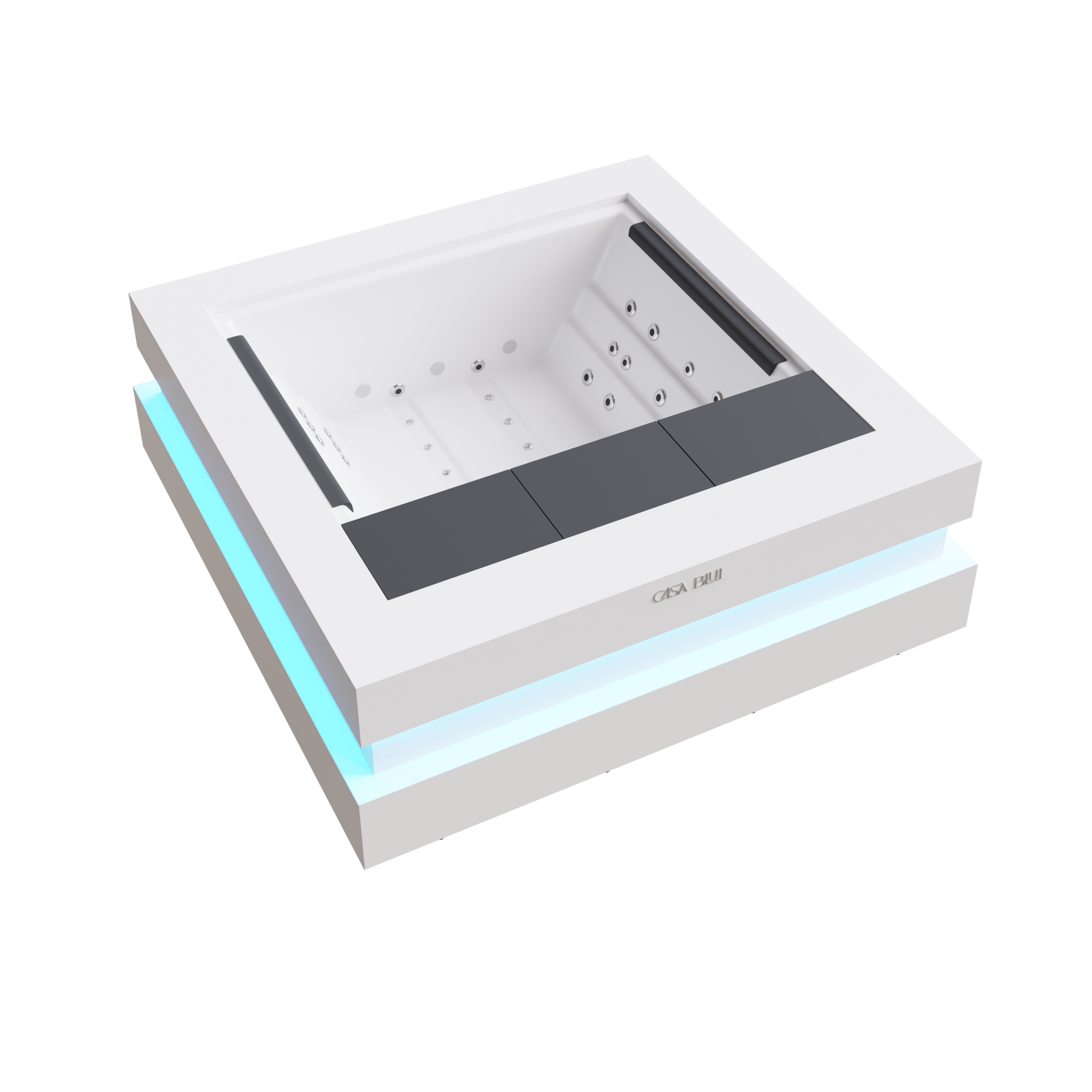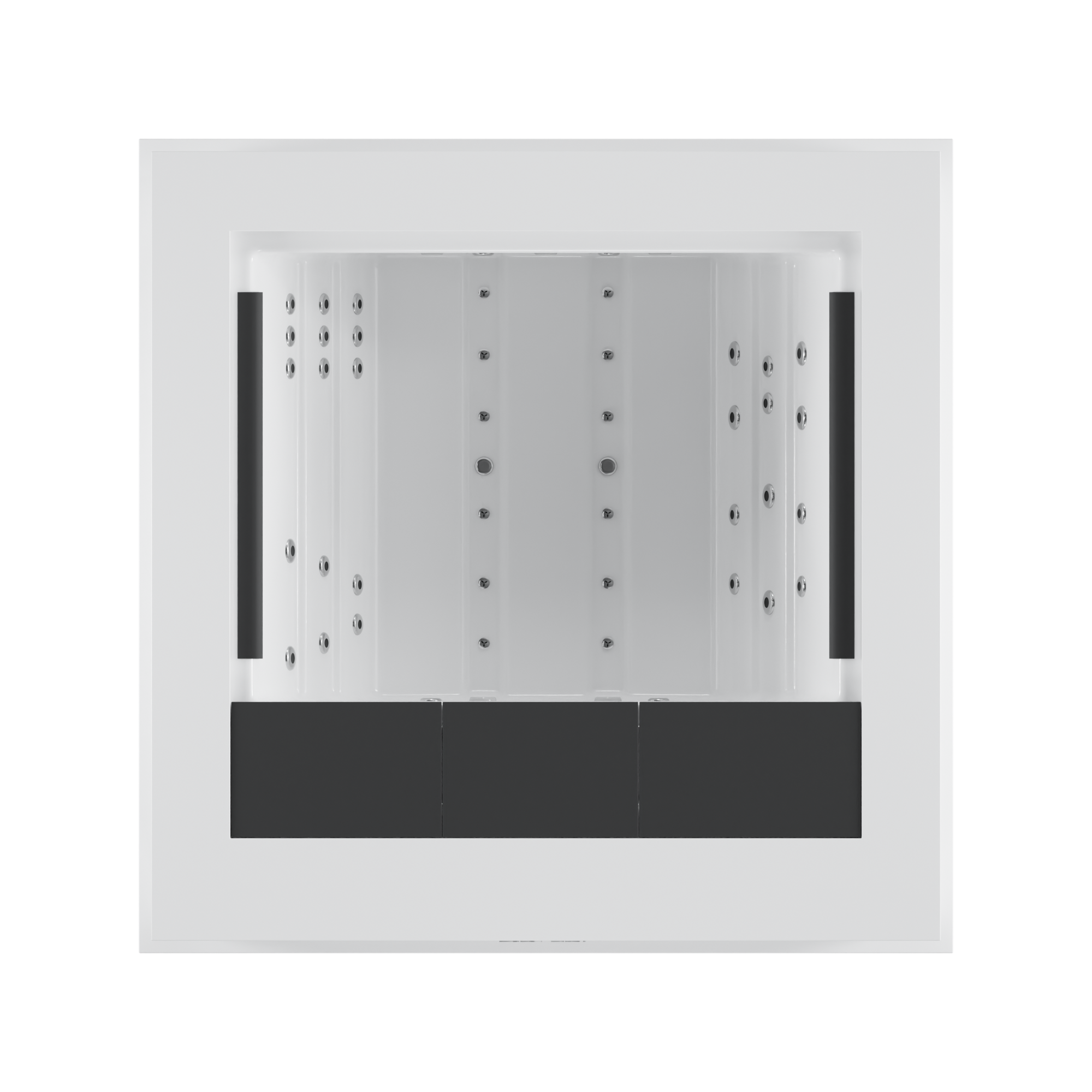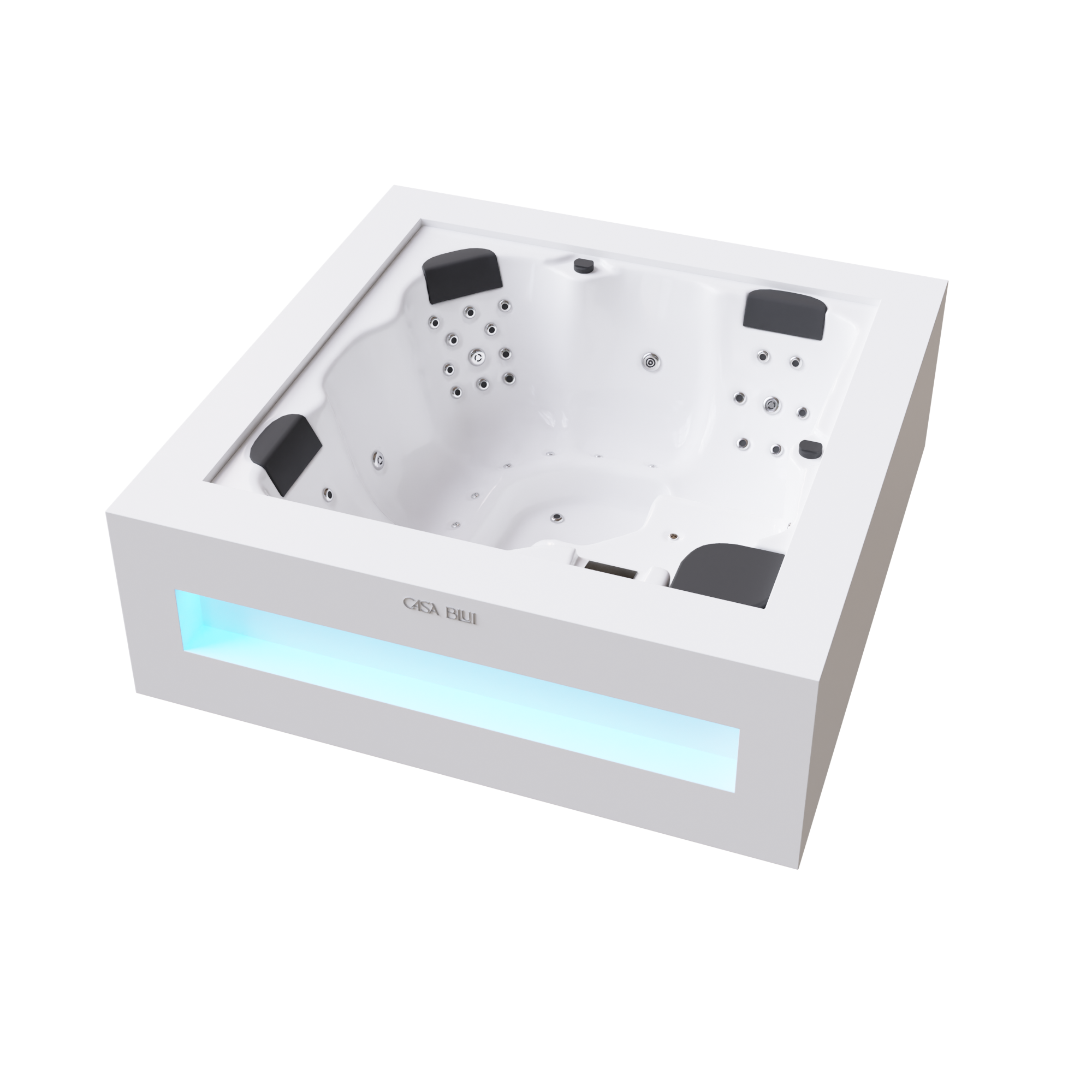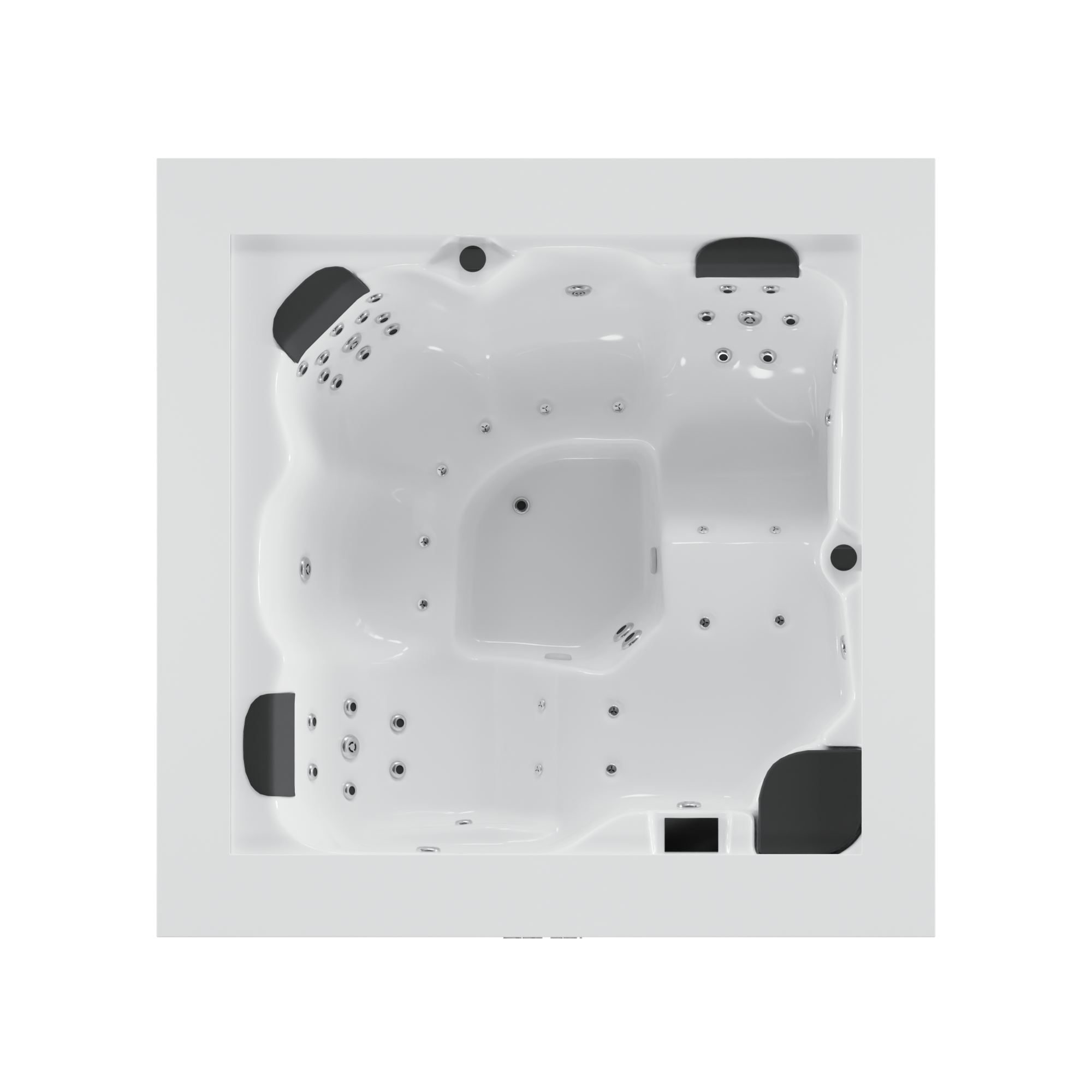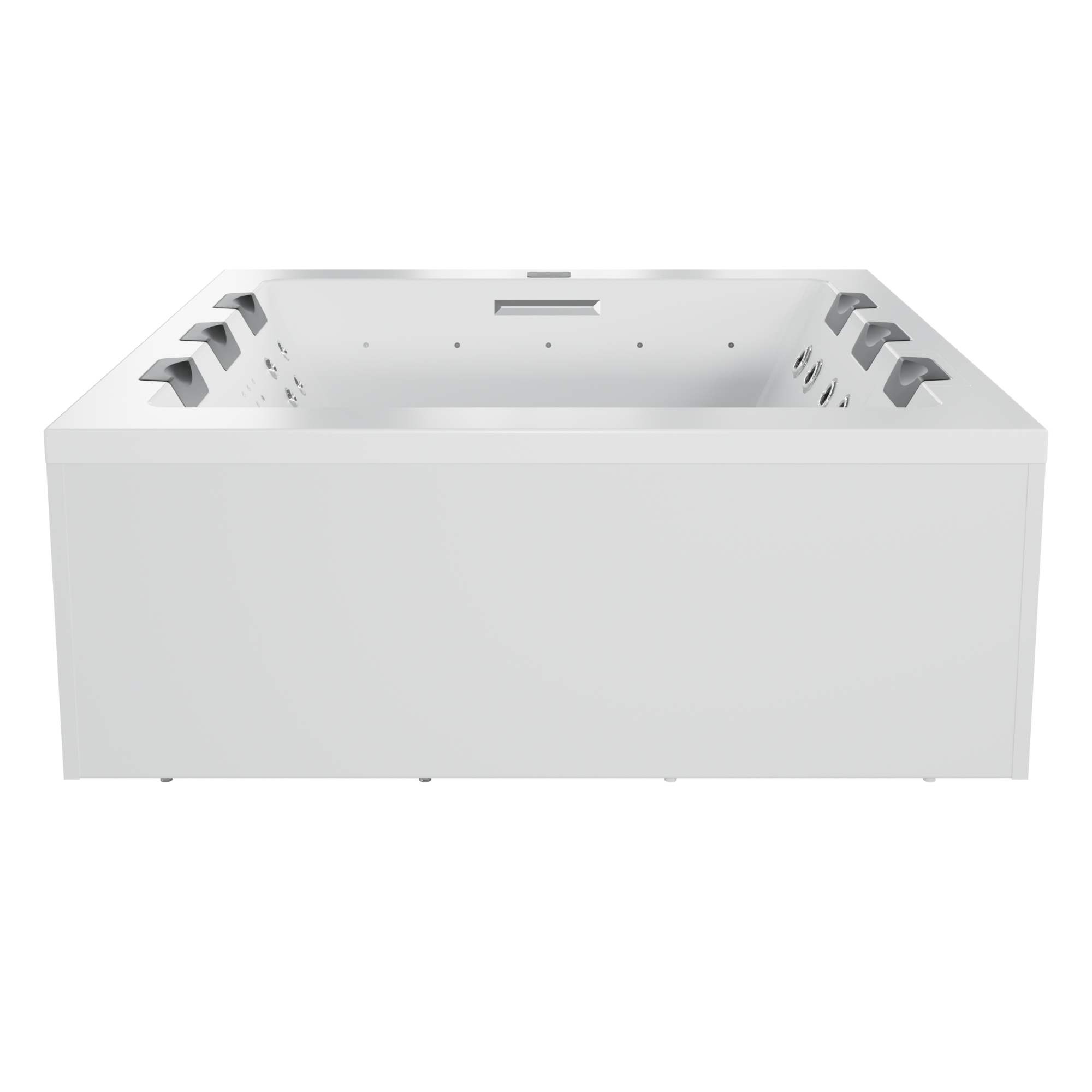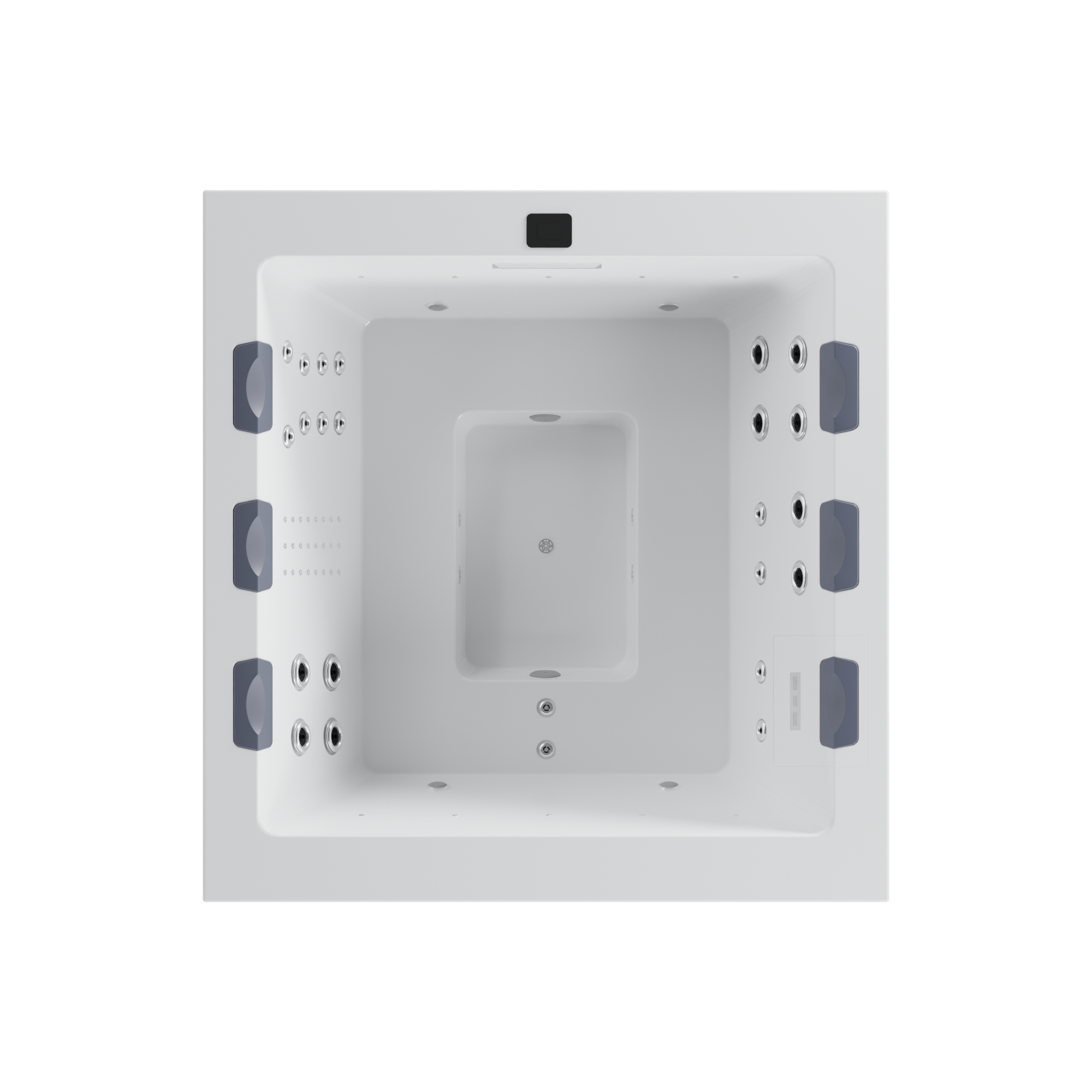Casa Blui Blog
Your Guide to Hot Tub Installation Requirements
By andrei newman
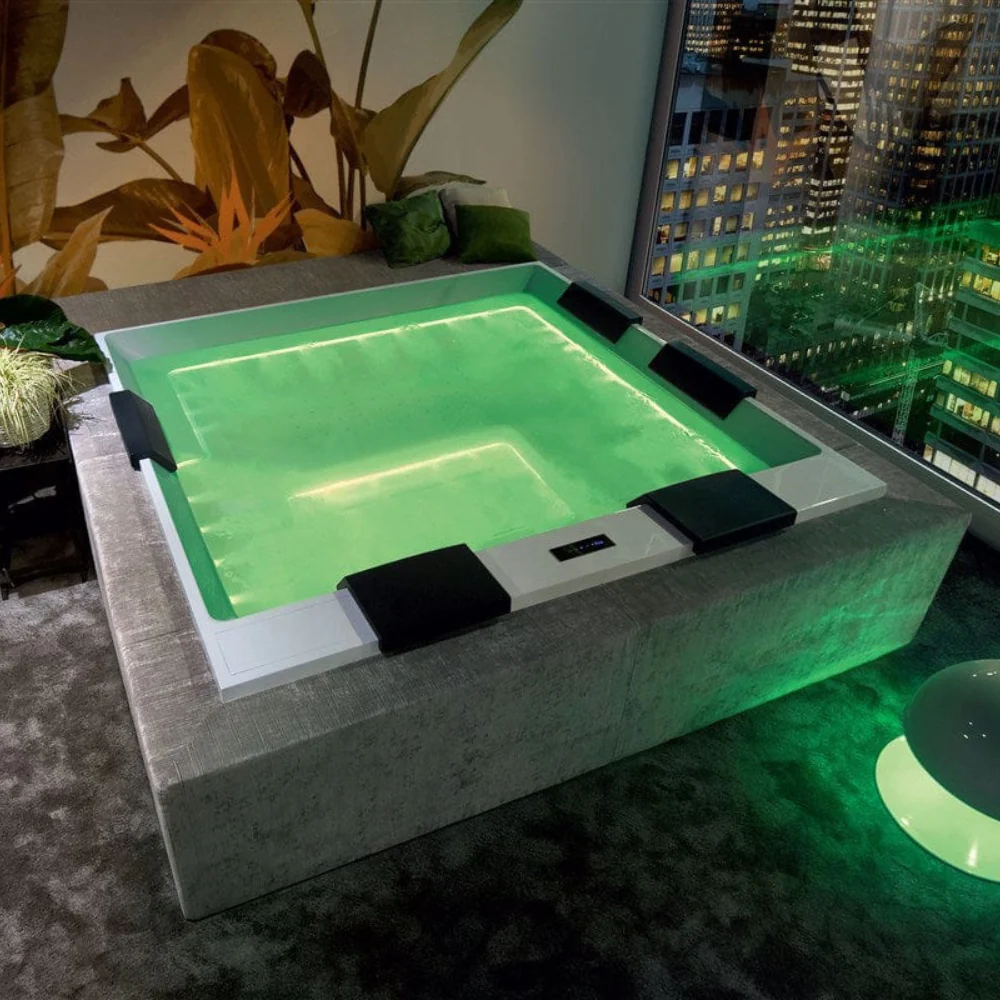
Hot tubs are large, electrically complex systems. The wiring in older homes or the specifics of an inground installation can complicate things. And let's remember the space requirements and city codes. It's a lot to consider.
Understanding the installation requirements for personal hot tubs is crucial before making this investment. But once you know hot tubs' electrical needs and space considerations, installing one becomes much less complex and more enjoyable.
Hot Tub Location Considerations
Selecting the ideal location for your hot tub requires careful planning. It may affect factors like your hot tub privacy, space clearance, accessibility for maintenance, and safety measures around the tub.
Local Regulations & Permissions
Understanding and adhering to local zoning laws often dictate safety barriers around hot tubs, the electrical hookup, and permits required for installation. It's essential to meet these regulations to ensure the hot tub installation is lawful, safe, and trouble-free.
Indoor vs. Outdoor Installation
Indoor installations can generate substantial amounts of steam, necessitating good ventilation to prevent adverse effects on other parts of your home. On the other hand, outdoor installations require additional considerations, such as weatherproofing the hot tub area and ensuring a solid foundation for the hot tub.
Ground & Surface Requirements
Preparing a solid base for the hot tub is vital. This requires assessing the ground or surface where the hot tub will stand. Correct base preparation can help prevent future issues, such as the hot tub sinking or becoming unlevelled.
User Access
You'll need to provide easy access to the hot tub's electrical and energy components for future maintenance. Also, consider how you and your electrician will secure the hot tub wiring. Ask them what wiring options might be available to help boost energy efficiency.
Safe Distances
It's crucial to familiarize yourself with specific measurements that will ensure user safety, compliance with local codes, and the functionality of your home spa. Always verify local codes and regulations, as they vary significantly by location.
-
Distance from power lines: Per the National Electrical Code (NEC) guidelines, ensure no overhead power lines are within 10 feet of the hot tub.
-
Distance from buildings: Hot tubs should be at least 5 feet away from any structure to ensure easy access and maintenance and to comply with local fire safety codes.
-
Distance to electrical outlets: A Ground Fault Circuit Interrupter (GFCI) protected outlet must be between 6 and 20 feet from the hot tub.
-
Clearance above and around the hot tub: Provide at least 12 to 15 feet above it to avoid potential hazards and ensure sufficient space for user access.
-
Foundation requirements: Ensure a solid, level foundation (usually a concrete pad at least 4 inches thick) that can support the weight of the tub, water, and occupants.
-
Distance from fences or gates: Local codes may specify how close a hot tub can be to fences or gates.
-
Depth for buried electrical lines: If you have to bury electrical lines, they should typically be at least 18 inches, but local codes may vary.
Electrical Setup
The most critical aspect of any hot tub installation is the electrical requirements. Maintaining secure hot tub wiring and be aware of the energy requirements for hot tubs is pivotal.
Hire a Professional Electrician
Hiring a licensed electrician skilled in hot tub installs is crucial. Luxury hot tubs are undoubtedly relaxing but also complex, large, and power-driven systems. An electrician with home spa experience can ensure safe, secure hot tub wiring, strict adherence to local building codes for spas, and legal compliance.
Understand "Part P" Regulations
Contrary to what some may think, hot tub installation permits aren't suggestive. They're mandatory. Part P regulations underline strict rules regarding the safety of electrical installations in dwellings, and hot tubs are no exception. Before venturing into installation, pay close attention to your city's building code and work with your electrician to ensure you meet all local requirements.
Power Supply Needs
Verifying your home's electrical capacity is essential to handle the hot tub's power requirements. Most hot tubs require a 240-volt outlet. Install a dedicated electrical circuit to avoid risking overload and ensure a constant power supply. This sole-use circuit guarantees that the energy requirements for your hot tub will be met.
GFCI Requirements
Every professionally wired hot tub must feature a Ground Fault Circuit Interrupter (GFCI). This safety device quickly interrupts the electric circuit when there is a ground fault. In a zone where electricity and water are in proximity, an installed GFCI significantly reduces the risk of electric shock.
Plumbing Setup
When considering the water aspect of your hot tub, both supply and drainage systems need careful planning.
Water Supply & Drainage Considerations
Your hot tub site must include access to water and a proper spa water drainage system so you can quickly fill the tub and drain it without causing a water-logging problem. Change the water regularly every three to four months. Remember to turn off the power before draining, and always use a hose filter for refills to remove unwanted minerals and contaminants.
Installation of Piping
Selecting the right, high-quality pipes for your hot tub will guarantee seamless water supply and efficient drainage, lowering the chances of leaks. If you live in an area with harsh winters, ensure all your pipes are well insulated to prevent them from freezing.
Structural Considerations
Consult a professional installer or structural engineer to ensure your chosen location is suitable. Following local building codes for spas and hot tub base preparation isn't optional. It's necessary.
Foundation & Stability
A solid foundation is crucial for installing the hot tub indoors or outdoors. For outdoor installation, the site must be level and able to bear the fully loaded hot tub weight of as much as 6,000 pounds. For indoor installation, also ensure the floor is water-resistant.
Here are three popular materials you can use to provide your hot tub with a solid foundation:
-
Concrete: A level concrete slab is among the most common and reliable options. When properly installed, it offers excellent weight distribution.
-
Pavers: Stone pavers can also create a solid foundation for your hot tub. They offer style and functionality but must be level and stable to support the hot tub effectively.
-
Spa pads: These modular pads, made of heavy-duty plastic, can be a less expensive and labor-intensive alternative to concrete or pavers.
Remember, the chosen base should comply with your local area's building codes for spas.
Deck Reinforcement
If you're planning on an elevated hot tub location like a deck, you'll want to consult a structural engineer. That might sound overwhelming, but trust us, it's a crucial step. Not only will it ensure the safety of your tub, but also the safety of the people using it.
You might wonder, "Do all decks need reinforcement?" The answer depends on the deck's original design. Some are built to hold significant weight, and others less. Hence, talking to a professional hot tub installer can provide clarity. We strongly advise against placing a hot tub on any surface not reinforced to support that much weight.
Privacy & Accessibility
Privacy and access control are undeniably crucial for safety and comfort. Choose a location that's private enough for comfort but meets hot tub space clearance requirements. Depending on local guidelines, planning for safety barriers around your hot tub, such as to keep kids safe, might also be necessary.
An accessible yet secluded location is often the best choice. Aim to minimize visibility from the street or neighbor's homes. Maintaining privacy through selective placement, landscaping techniques, or privacy screens can enhance your hot tub experience considerably.
Hot Tub Accessories
As you prepare to install your home spa, consider what accessories may be necessary for ongoing use.
Cover Lifter
Protecting your hot tub from debris and retaining heat is essential, which helps lower energy consumption and costs. With a cover lifter, you'll have an effortless, damage-free solution to maneuvering your hot tub cover on and off. This accessory prolongs the life of your cover by reducing the wear and tear caused by manual handling. Ensure your cover lifter is appropriate for your hot tub model and constructed of weather-resistant materials.
Steps & Safety Rails
Steps provide easy access to your hot tub, especially if installed above ground level. Sometimes, they come with a particular hot tub model, or you can purchase them separately. Choosing steps with a non-slip surface and adequate width will add an extra layer of security during your entry and exit. Meanwhile, safety rails offer support and balance, especially for older adults or those with mobility issues. Opt for sturdy, rust-resistant rails and easy-to-grip surfaces.
Landscaping & Aesthetics
The landscaping around your hot tub can help create a tranquil outdoor oasis. Still, there are practical logistics to consider, too. You should be able to move comfortably around your hot tub and have enough space to conduct necessary maintenance and pool care. A minimum of 2 feet between your hot tub and any surrounding wall is recommended. If the hot tub has an access panel, keep a clearance of at least 4 feet for your technicians' convenience.
We also encourage you to consider the hot tub privacy aspect. If your chosen spot offers little privacy, adding elements like hot tub shelters or growing plants is worth considering.
Frequently Asked Questions
How far should the hot tub be from the house?
Hot tubs should be 5 feet away from any house or structure to prevent water damage. Accessibility is also important, so having a clear pathway or nearby changing area can be beneficial.
What do I need to know before installing a hot tub?
Before buying or installing a hot tub, key considerations include:
-
Ensuring ample space for installation and maintenance.
-
Securing a power source and proper drainage.
-
Allowing for adequate lighting.
-
Acquiring a stock of essentials.
-
Creating a routine for ongoing care.
Also, adding aesthetic elements like landscaping can improve your overall experience.
Do I need to run a water line to a hot tub?
No, hot tubs are usually self-contained. You can fill them with a garden hose, although we recommend using a filter to remove unwanted particulates. When it's time to drain your hot tub, a hose or submersible pump will do the job if you don't have dedicated plumbing.
How much room is needed around a hot tub?
We recommend a minimum of 2 to 3 feet around the hot tub. This allows for a safe entrance, exit, and room for necessary maintenance or repairs.
Can I put my hot tub next to my house?
Yes, but we recommend placing the hot tub a few feet away from your home and walkway. This will make filling and draining more accessible and direct water away from your home's foundation.
